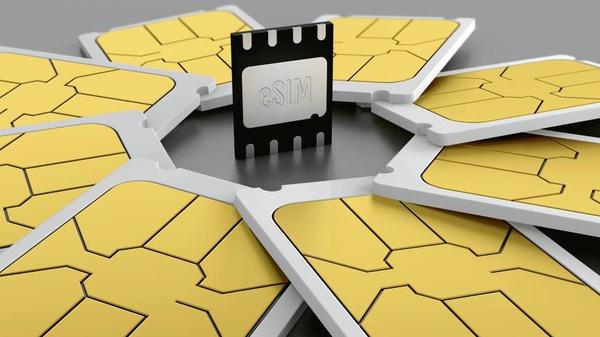
New Delhi: When your Apple Watch takes a call without being connected to your iPhone, it uses a tiny SIM embedded inside it. This embedded SIM, or eSIM, in Apple’s case, works as an extension of the SIM you already have inside your iPhone, allowing the watch to stay connected to a cellular network and, hence, the internet—even without the phone.
Unlike regular SIM cards, you don’t have to replace eSIMs when you change numbers. They also support multiple applications unlike regular SIMs and can be modified (as per requirements) remotely.
But while Apple may have brought eSIMS to our notice by using them in iPhones and iPads, these little chips can actually do much more. For instance, the MG Hector, one of the first connected SUVs (sport utility vehicles) in its segment, uses eSIM for its connectivity features. The 50-plus connected features that MG touts for the Hector are almost exclusively driven by the eSIM inside, which lets the car stay connected to the internet.
According to Deval Sheth, managing director at Giesecke and Devrient (G&D), eSIMs can be used for many other services beyond communication and connectivity.
In fact, Sheth says the company first started working on an eSIM in 2012 because of a requirement from one of its automobile customers, which wanted to make emergency calls to its helplines in case of accidents. G&D is the company that developed the world’s first SIM card, back in 1991. It is also the firm behind the eSIM on the Apple Watch.
Sheth says the basic use case for a watch or a tablet is that you don’t need to walk into a SIM card store to get a subscription, thanks to the eSIM. However, the eSIM also facilitates functions such as payments, identification, privacy and much more.
“With an eSIM, you can not only do one function, but you can ultimately do multiple things. From doing remote SIM card management, you can also use your eSIM to create a payment profile, to store new identities,” he says. “You will not need multiple chips to perform multiple tasks.”
In future, the chip-based credit and debit cards we use today can instead be driven by eSIMs. As a result, the card can be used for both payments and identity. Sheth explains that near-field communication (NFC)-based tap and pay systems on smartphones today will all be driven by eSIMs in the future.
Even Google has used eSIMs on the Pixel smartphones, though they have not been activated in India so far. Apple uses these in iPhones, iPads and Apple Watches, while automobile manufacturers such as Hyundai and MG have used them to enable connected features on their vehicles. Hyundai’s BlueLink system runs on an eSIM, too.
According to a report by Counterpoint Research, the global shipments of eSIM-capable devices reached 364 million units in 2018, growing 63% year-on-year. The report estimated the number to reach two billion by 2025
********************
Devices that use eSIMs in India
■ Apple iPhone XS uses eSIM for dual-SIM connectivity.
■ Apple’s Watches has an eSIM inside, which allows it to function without the iPhone.
■ Google Pixel 3 has an eSIM inside, which Google can activate when it wants.
■ Hyundai Venue and MG Hector cars have eSIMs inside.
[“source=livemint”]





